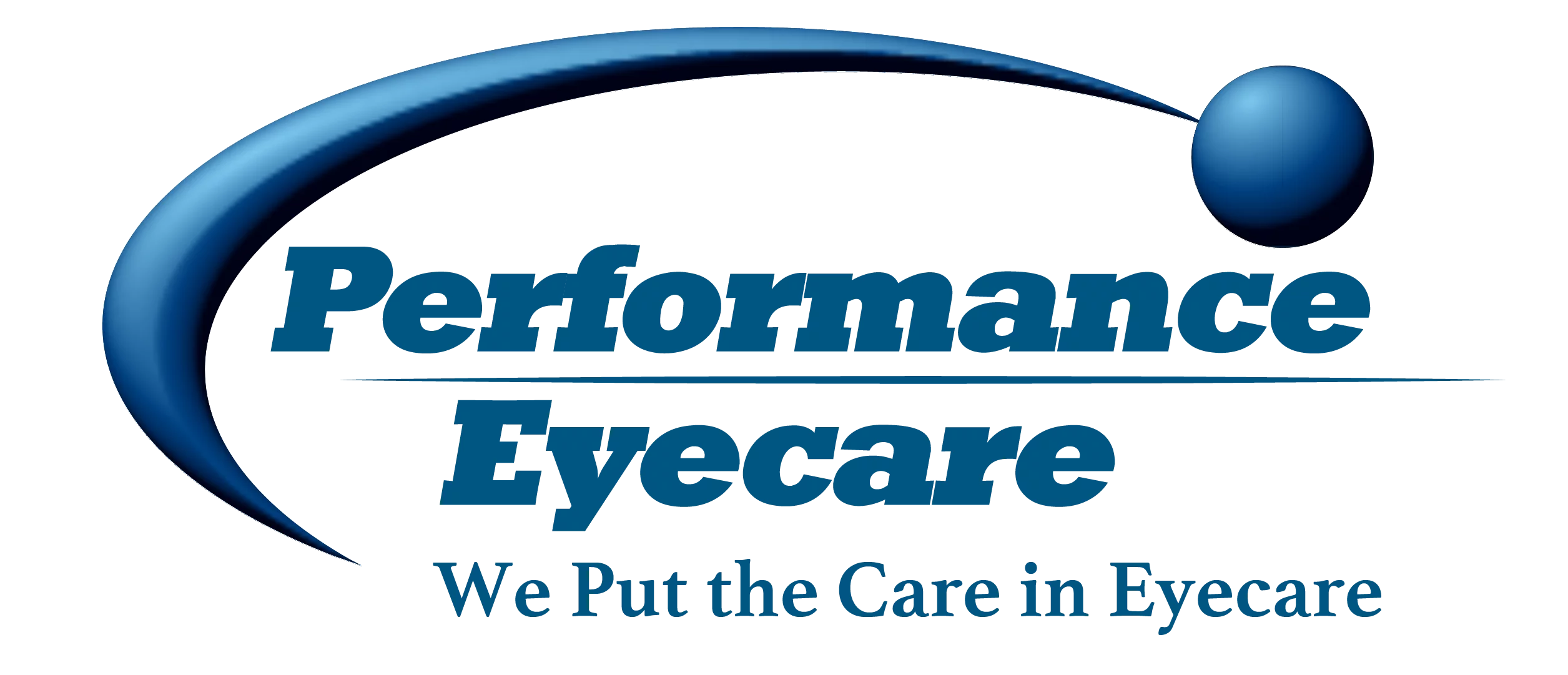January is the ideal time to start getting eye exams
January is a great time to schedule your annual eye exam. Just remember, “a new year, a new eye exam” to help you remember. Eye exams are often pushed aside by people with great vision and even those with poor sight, but routine exams are important regardless of age or physical health. The eye doctors do … Read more
